The Parthenon is the temple to the Greek goddess Athena, the patron goddess of the ancient City of Athens. It was designated as UNESCO Heritage Site.
Parthenon built on the Acropolis, in 447 BC to replace an existing temple which was destroyed by the Persians in 480 BC and cost 469 silver talents to build.
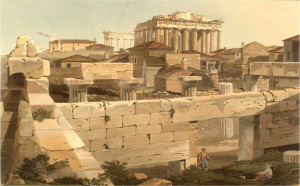
As with most buildings on the Acropolis it was dedicated to Athena to thank the Goddess for their success.
The five main instigators of the design and construction on the Parthenon were Pericles, Phidias, Kalamis, Ictinus and Calibrates.
It is thought there are around 13400 stones in the building. The Parthenon is a clear example of Doric design with Ionic architectural features. The architects used a clever visual effect in their design of the building.
Measured at the top step, the dimensions of the base of the Parthenon are 69.5 meters by 30.9 meters (228.0 x 101.4 ft). The Cella was 29.8 meters long by 19.2 meters wide (97.8 x 63.0 ft), with internal Doric colonnades in two tiers, structurally necessary to support the roof. On the exterior, the Doric columns measure 1.9 meters (6.2 ft) in diameter and are 10.4 meters (34.1 ft) high. The corner columns are slightly larger in diameter.
The Stylobate has an upward curvature towards its center of 60 millimeters (2.36 in) on the east and west ends, and of 110 millimeters (4.33 in) on the sides.
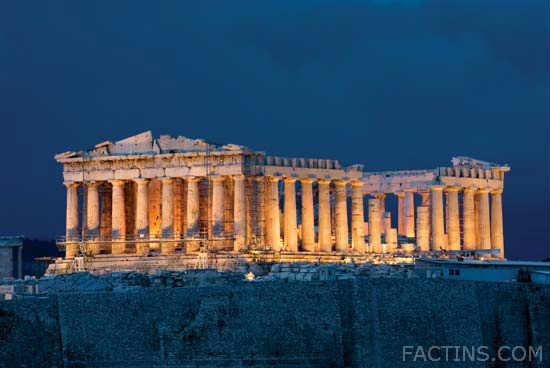
Scientists depicted that about 100,000 tons of marble from a quarry 11 miles northeast of central Athens, roughly shaped the blocks, then transported them on wagons and finally hauled them up the steep slopes of the Acropolis.
Experts differ on this because of variations in the way it is measured, and due to damage to the structure. One common measurement is 111 feet by 228 feet, or 30.9 meters by 69.5 meters.
In 1687, during a battle with the Venetians, an explosion tore through the building and caused much of the damage seen today.
Inside the Cella it was made up of both old and new elements. There was a double pi-shaped colonnade which held the statue Athena Parthenos.
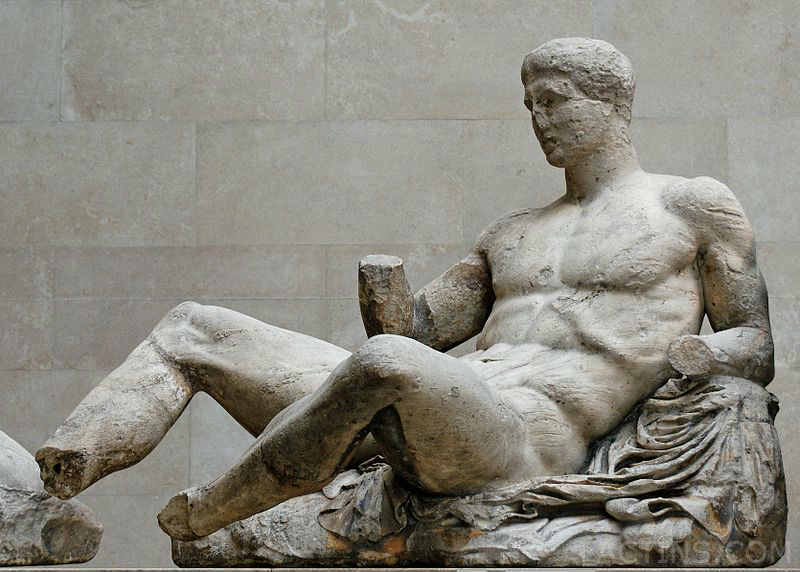
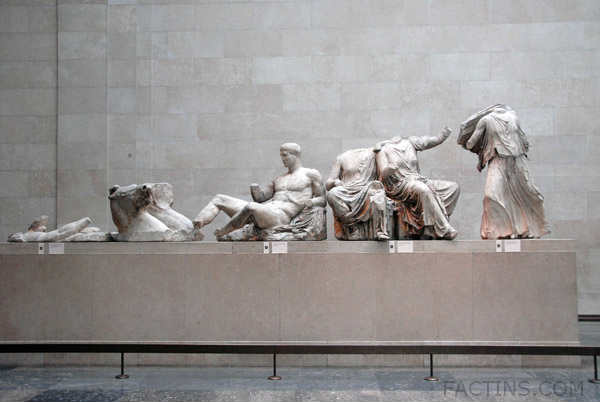
Turning the temple into a church meant that the building was still kept in good condition apart from a bit a restructuring internally; for example a few of the columns were removed as well as some marble statues. It also meant that statues and other motifs depicting more than one god were either removed or destroyed.
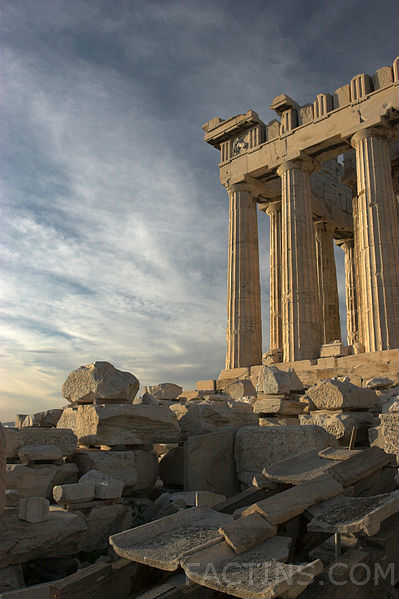
Inspirational Parthenon Facts:
Experts of architecture saying that “The monument had taken nearly 20 years to construct in to the shape”.

